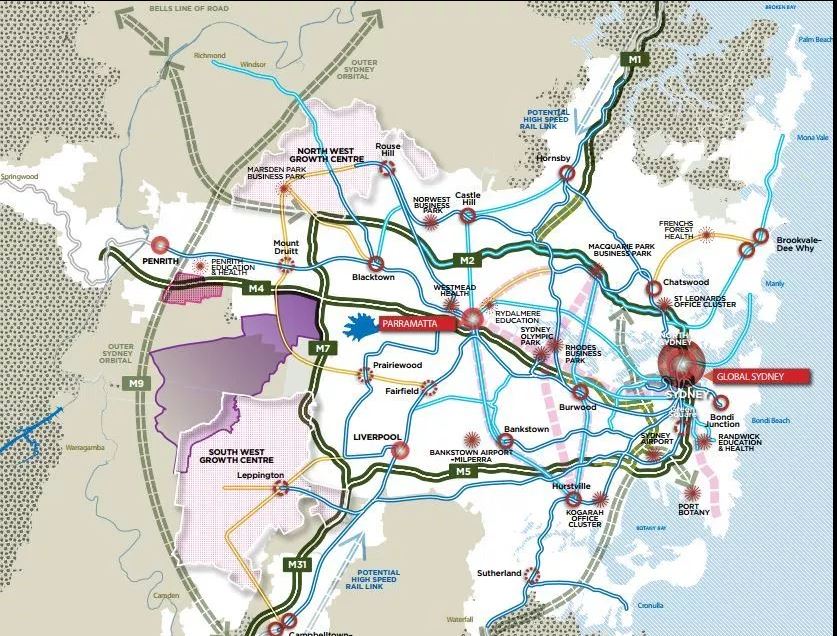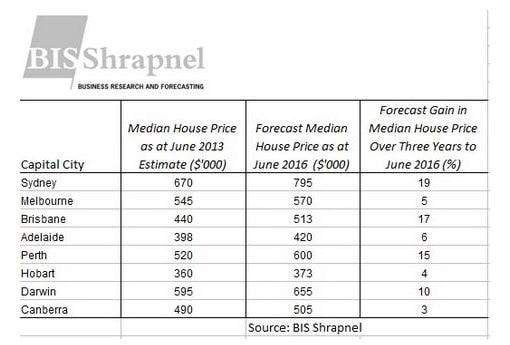 Sydney is renowned for traffic congestion, long commute times and lack of public transport yet somehow Sydney’s 4.6 million people manage to get to work (or school or play) every day. A quick check of the perception versus reality barometer reveals some interesting and slightly counter-intuitive things. The perception that Sydney’s congestion is getting worse does appear to have legs, but only just. During the ten years from 2000 to 2010 the average commute distance in Sydney (from home to work) has increased by 300 metres and the average commute time has increased by 1.6 minutes according to a report published by the Department of Infrastructure and Transport in October 2012. The interesting bit is the change in both direction and growth of commuter flow. The strongest growth in numbers of commuters has been in an outward direction. The next largest increase has been people commuting within their home region followed by within their immediate local area. The number of people commuting towards the Sydney CBD grew at the slowest rate. Apparently Sydney is an expanding universe moving away from its core at an increasing rate despite the perceived gravitational pull of office towers and harbour views. This makes sense as Sydney becomes increasingly regionalised and is in keeping with the “self-containment” objectives of Sydney’s planners whereby more people will work closer to home as employment is encouraged and developed in Sydney’s major residential regions. A good example is the progressive development of the employment zone on the old Australia’s Wonderland site (and beyond) near the intersection of the M7 and M4 motorways (shown in purple on the map below). The nearest commercial centre is Mount Druitt, a major centre in Blacktown Council’s draft local environmental plan and a major beneficiary of change. The nearby residential precincts of St. Marys, Rooty Hill and Minchinbury will also directly benefit from this “self-containment” process as it unfolds over the years ahead. While Sydney patiently waits for transport infrastructure to catch up with population growth, having a more immediate impact is the move to bring employment to the people which is being actively encouraged by government (to save money) and the private sector (to locate closer to their workforce). The centre of the universe is shifting. After a very long run of patchy weather it looks like the sun has come out over the Sydney residential property market with new forecasts predicting Sydney will out-perform all other major markets over the next three years. “A sizeable deficiency [of stock] and improved affordability due to lower interest rates appear to be finally having an impact on Sydney residential prices, with the rate of price growth expected to strengthen”, says BIS Shrapnel in their latest edition of Residential Property Prospects. …and you know what they say about making hay while the sun shines!
|
AuthorAn ongoing collection of thoughts, opinions, observations and recommendations by long time property analyst and commentator Brett Johnson. Archives
November 2017
|
The inside information on residential property investment


